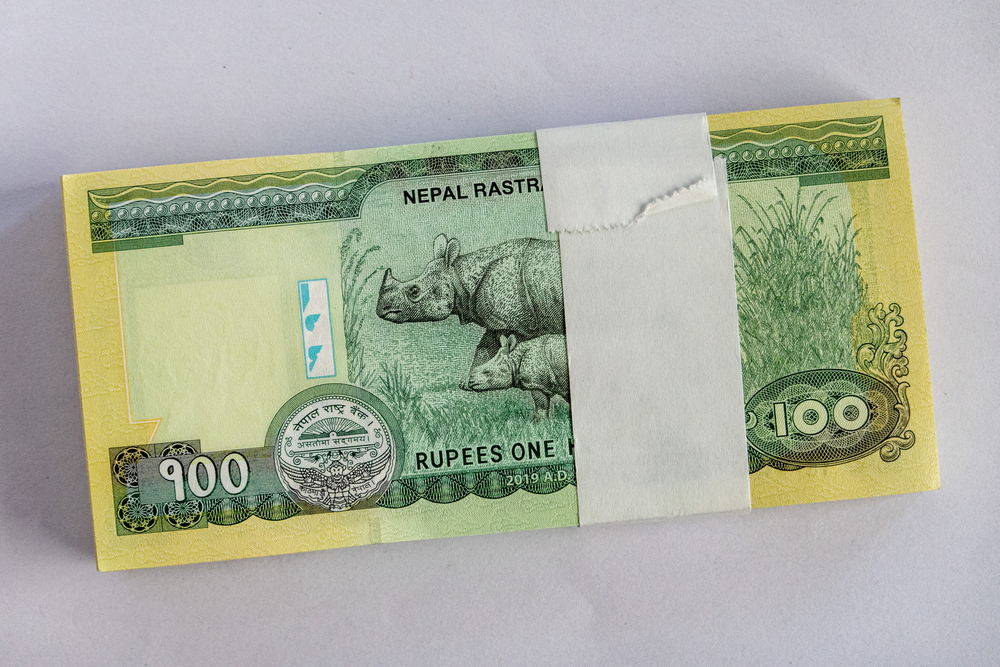Intellectual property (IP) refers to creations of the mind, such as inventions; literary and artistic works; designs; and symbols, names and images used in commerce. IP is protected in law by, for example, patents, copyright and trademarks, which enable people to earn recognition or financial benefit from what they invent or create.
Benefits of IP
- Create and invent new work in the area of technology and culture.
- IP assets (Patents, Trademarks, Copyright, Design) can be traded like ordinary tangible assets creating an extra source of revenue.
- Valuable intellectual property can be used to secure credit or attract investors/capital to the business.
- Legal protection of new creations encourages the commitment of additional resources for further innovation.
- The exclusive rights offer your goods or services a competitive advantage in the market.
- Protection reduces chances of conflict between competitors.
- Spurs economic growth, creates jobs and industries, and enhances quality.
Forms of IP
- Copyright
An exclusive and assignable legal right, given to the originator for a fixed number of years, to print, publish, perform, film, or record literary, artistic, or musical material. - Patent
An exclusive right granted by the state for an invention which is a product or a process - Trademark
A symbol, word, or words legally registered or established by use as representing a company or product. - Design
The shape or form of an object made in some way or size
Governing Acts
- Copyright Act ‚2059
- Patent, Design and Trademark Act 2022
Regulatory Body
- Department of Industries (DOI) within the Ministry of Industries, Government of Nepal, is the competent authority body to register IPs in Nepal.
- Copyright registration is not required; but, if the owner desires, it can be done with the government authority. The originator has first claim to the financial right.
Process of IP registration
Step 1: Submission of an application for registration to the Department of Industry.
Step 2: Preliminary examination of the application by the Department of Industry.
Step 3: Publication in the Industrial Property Bulletin (IP Bulletin)
Step 4: Registration of the Intellectual Property.
Step 5: Certification of Intellectual Property.
Applicable fees for the registration of IP
| S.N. | Applicable fees (NPR) | Patent | Design | Trademark |
| 1. | Registration | 2,000 | 1,000 | 1,000 |
| 2. | Application amendment | 500 | 500 | 500 |
| 3. | Registration | 10,000 | 7,000 | 5,000 |
| 4. | Name transfer | 5,000 | 3,000 | 2,000 |
| 5. | Record amendment | 2,000 | 1,000 | 1,000 |
| 6. | Information about registration | 750 | 750 | 500 |
| 7. | Complaint | 1,000 | 1,000 | 1,000 |
| 8. | Copy of registration certificate | 1,000 | 1,000 | 2,000 |
| Renewal fee | ||||
| 9. | First time renewal annual fee | 5,000 | 1,000 | – |
| 10. | Second time renewal annual fee | 7,500 | 2,000 | – |
| 11. | Trademark annual renewal fee | – | – | 500 |
Source: Patent, Design and Trademark Act, 2022.
























